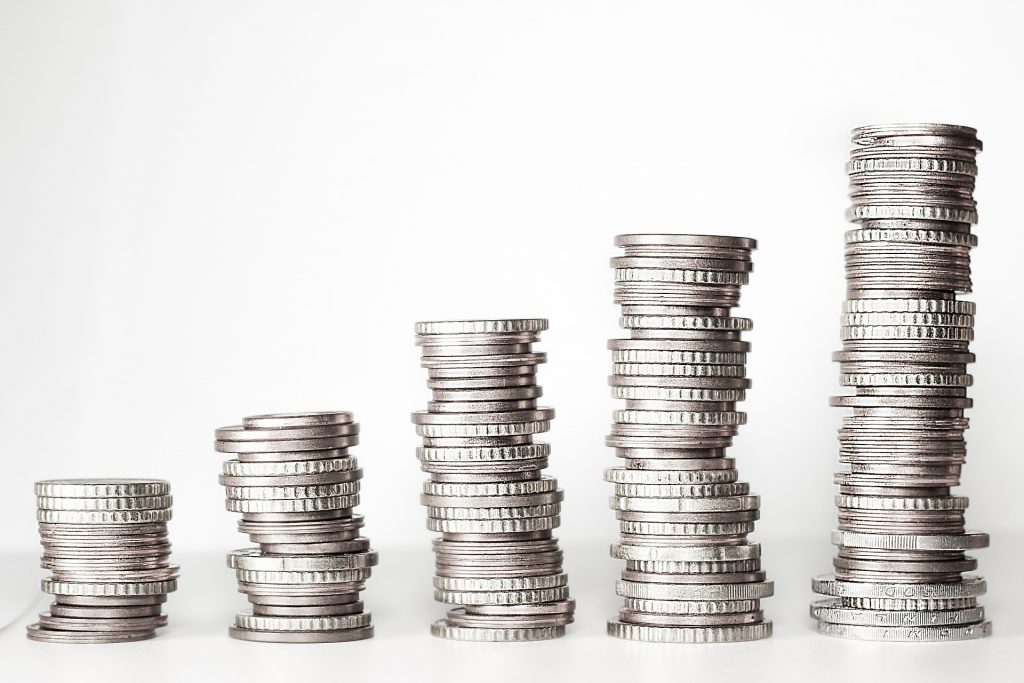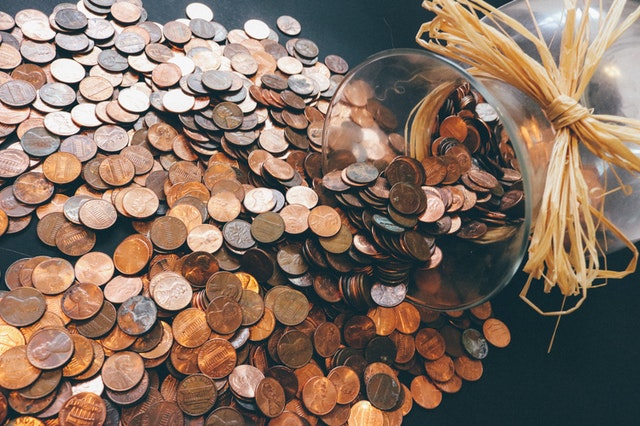Coin Collections: Rare Coins to Watch for
Coin collecting has its perks. It’s soothing, informative, gives way to a new perspective on civilizations and can be incredibly lucrative. Some get started with pocket change they may have taken a closer look at, while others may have been collecting valuable coins as a passed down tradition from parents, grandparents or other relatives. No matter how coin collectors get started or for what reason, there are a few key pieces every serious numismatist should be on the lookout for.
Let’s Talk Copper Pennies
When thinking of rare coins, most people consider the copper penny as one of the most common and interesting. From the Lincoln cent, first minted in 1909 by Victor David Brenner and featuring two opposing wheat stalks on the reverse side of the coin, to the 1943 cent when, because of the war effort, copper was needed for brass and all three Mint branches produced Wheat Cents in silver-colored-zinc-coated steel. Although there is no official record of any copper (bronze) cents made that year, a few were accidentally struck at the mint. An estimated 20 pieces are believed to exist today, making this bronze 1943 Lincoln cent an extremely rare numismatic treasure. In fact one graded by PCGS sold for over 1 million dollars. The opposite mistake was made in 1944 when the mint accidentally made some steel cents using leftover planchets from 1943. People sometimes get these confused, thinking their 1943 steel cent is rare when there were actually millions produced or in 1944 when the U.S. reverted back to bronze and hundreds of millions of 1944 cents were struck in copper.
Another Lincoln cent rarity are the double die cents struck in 1955. The 1955 doubled dies were created when the Mint struck a working hub and a working die together while they were slightly rotated differently from one another. Consequently, this working die then received a doubled die impression and thousands of 1955 doubled die cents were struck using this die. Many of the double die cents were found in cigarette packages. At that time a pack of cigarettes cost about 23 cents and vending machine companies placed 2 cents in cellophane so that the correct change would be made for the quarter inserted into the machine for the 23 cent pack of cigarettes. Since the double die was discovered the same year the coin came out, many of these were put aside and saved in high grades. These are highly counterfeited and since they were produced from the same die, all authentic coins should have vertical die polish lines to the left of the letter T in ONE CENT.
There are several double die cents from various years, but again novice collectors sometimes confuse this rare numismatic variety with “machine doubling” which originate in the striking press. While doubled dies are caused by doubling of the die itself, machine doubling is often caused by an aging die reverberating or shifting during the strike, hitting the coin twice. Machine doubling is very common and these coins are, therefore not as valuable as the doubled die varieties.
Whatever your station in life, collecting pennies by date and mint can be achieved and searching for the rare varieties can be very profitable.
Check Your Dollar Coins and Half Dollars
Every generation seems to have some sort of dollar coin craze. While some may still hold true to their actual face value, other coins of their type have increased their market value by becoming rare coins that have dropped out of circulation due to the end of their minting stint or mistakes featuring doubled die casting or other imperfections in the coin itself.
For example, the Kennedy half dollar minted in 1964 holds approximately 90% silver, while those minted between the years of 1965 and 1970 hold 40%. The price of the coin is typically contingent on the price of silver at both the time and location of appraisal.
The newer Presidential dollar, originally minted in 2007, could hold a value of up to $3,000 depending on whose face adorns the coin and if it has missing mint marks or doubled die imprints along the lettering.
Get Your Coin Collection Appraised
Coins capture numismatists of all experience levels. Many find value in the pieces themselves while others look to make a profit in coins by buying, selling and trading their rare finds. No matter your involvement in the craft, you’ll always want to get your coins appraised by someone who is both honest and will give you a thorough rundown on what your coin is actually worth versus estimated worth on the market. These appraisers and specialists will also be able to tell you whether your coin is genuine, which is an invaluable piece of information, especially for those collectors just starting out.
Coin collecting can be lucrative in many ways such as historical reference, spending time with valued members of your community, personal investment and a wide array of other features. From the 1969 doubled die penny with the unique mint marks to the gold coins decorating your U.S. coin collection (look out for the “1927 D St Gaudens Double Eagle” $20 coin), you’re bound to find one enterprising piece that piques your interest and keeps your coin collecting journey going.




